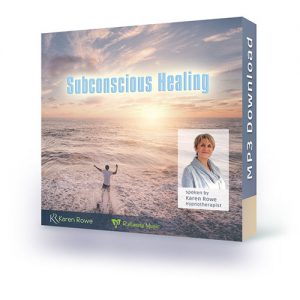Neck pain is extremely common. It can be caused by many things, and is most often related to aging. Like the rest of the body, the bones in the neck (cervical spine) slowly degenerate as we get older. This frequently results in arthritis. Arthritis of the neck is called cervical spondylosis. Cervical spondylosis is the degeneration of the joints in the neck. More than 85% of people over age 60 are affected. Although it is a form of arthritis, cervical spondylosis rarely becomes a crippling or disabling type.
Understanding your spine and how it works can help you better understand cervical spondylosis.
Disk Degeneration and Bone Spurs

In the cervical spine, arthritis can result as the disk degenerates and loses water content. In children and young adults, disks have high water content. As we get older, our disks begin to dry out and weaken. This problem causes settling, or collapse, of the disk spaces and loss of disk space height.
As the joints experience increased pressure, they also begin to degenerate and develop arthritis, similar to the hip or knee joint. The cartilage that covers and protects the joints wears away.
If the cartilage wears away completely, it can result in bone rubbing on bone. To make up for the lost cartilage, your body may respond by growing new bone in your facet joints to help support the vertebrae. Over time, this bone overgrowth — called spurs — may narrow the space for the nerves to pass through (stenosis).
Pain from cervical spondylosis can be mild to severe. It is sometimes worsened by looking up or down for a long time, or with activities such as driving or reading a book. It also feels better with rest or lying down.
Additional symptoms include:
- Neck pain and stiffness (may be worse with activity)
- Numbness and weakness in arms, hands, and fingers
- Trouble walking, loss of balance, or weakness in hands or legs
- Muscle spasms in neck and shoulders
- Headaches
- Grinding and popping sound/feeling in neck with movement
Nonsurgical Treatment
Physical therapy. Strengthening and stretching weakened or strained muscles is usually the first treatment that is advised. Your physical therapist may also use cervical (neck) traction or cervical collar neck brace and posture therapy. Physical therapy programs vary, but they generally last from 6 to 8 weeks. Sessions are scheduled 2 to 3 times a week.
Medications. Several medications may be used together during the first phase of treatment to address both pain and inflammation.
- Acetaminophen. Mild pain is often relieved with acetaminophen.
- Non-steroidal anti-inflammatory drugs (NSAIDs). Often prescribed with acetaminophen, drugs like ibuprofen and and naproxen are considered first-line medicines for neck painrelief. They address both pain and swelling, and may be prescribed for a number of weeks, depending on the specific problem. Other types of pain medicines can be considered if you have serious contraindications to NSAIDs, or your pain is not well controlled.
- Muscle relaxants. Medications such as cyclobenzaprine or carisoprodol can also be used in the case of painful muscle spasms.
Cervical Collars. Cervical collars, like Shane’s neck brace, allow the muscles of the neck to rest while still allowing full range of motion. Most cervical collars should only be worn for short periods of time because long-term wear can decrease the strength of neck muscles. Shane’s neck brace is the only cervical collar on the market that can be worn for long periods of time without weakening neck muscles.
Ice, heat, other modalities. Careful use of ice, heat, massage, and other local therapies can help relieve symptoms.
Steroid-Based Injections. Many patients find short-term pain relief from steroid injections. Various types of these injections are routinely performed. The most common procedures for neck pain include:
Cervical epidural block. In this procedure, steroid and anesthetic medicine is injected into the space next to the covering of the spinal cord (“epidural” space). This procedure is typically used for neck and/ or arm pain that may be due to a cervical disk herniation, also known as radiculopathy or a “pinched nerve.”
